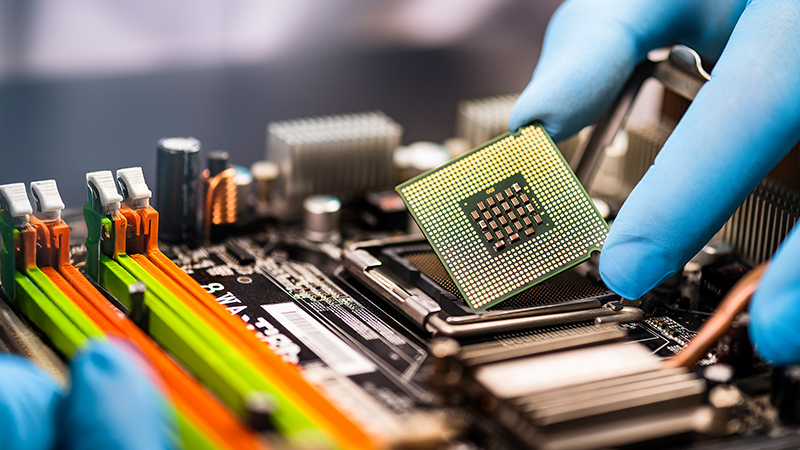
PRO
UTILITIES
Powering AI: Energy crunch sparks investment surge

PRO
MANUFACTURING
Made in America is making a comeback

PRO
Retirement Income
What investors want for retirement
WHO WE ARE
Since 1931, we’ve been working with advisors like you to help achieve client goals
COURSES
Build and lead a high-performing advisory practice
An interactive course to help you lead with vision, scale with confidence and run a practice with clarity and purpose. Sign in for access.
Practice Management
How to talk with clients about AI
Clients anxious about AI and their portfolios, jobs or even how your practice is using it? Use this conversation guide.
Explore more investment and practice management insights
PORTFOLIO STRATEGIES & SOLUTIONS
Capital Group can help you and your business.
Portfolio Construction
See how our objective-based approach fits into your portfolio
RETIREMENT PLANS
Explore retirement plan solutions to help improve participant outcomes
FINRA’s BrokerCheck | Check the background of Capital Client Group, Inc., on FINRA’s BrokerCheck.
Investments are not FDIC-insured, nor are they deposits of or guaranteed by a bank or any other entity, so they may lose value.
Investors should carefully consider investment objectives, risks, charges and expenses.
This and other important information is contained in the mutual fund prospectuses and summary prospectuses, which can be obtained from a financial professional and should be read carefully before investing.
All Capital Group trademarks mentioned are owned by The Capital Group Companies, Inc., an affiliated company or fund. All other company and product names mentioned are the property of their respective companies.
Use of this website is intended for U.S. residents only. Use of this website and materials is also subject to approval by your home office.
Capital Client Group, Inc.
This content, developed by Capital Group, home of American Funds, should not be used as a primary basis for investment decisions and is not intended to serve as impartial investment or fiduciary advice.
Contact American Funds
No result for ZIP Code
There isn't a representative
assigned to this ZIP code. Please
enter another ZIP code or call us.
Your retirement plan counselor
We’re unable to display your retirement plan counselor's information at this time. Please try again later or
call us.
Find your retirement plan representative
Enter another ZIP Code
Advisor Marketing
(800) 421-9900
